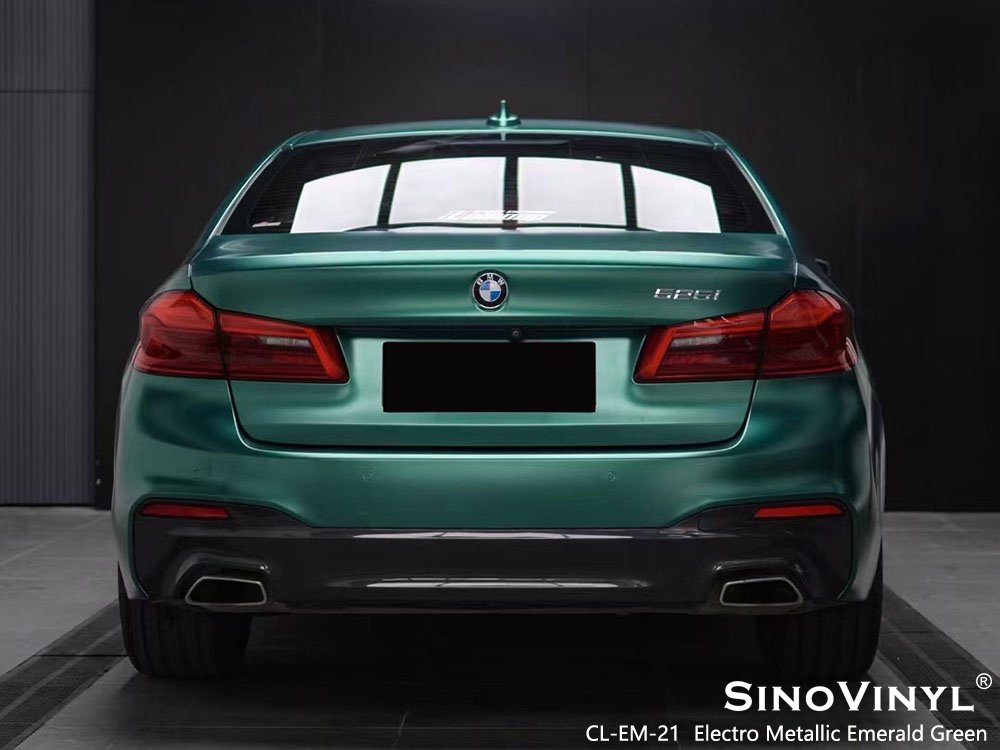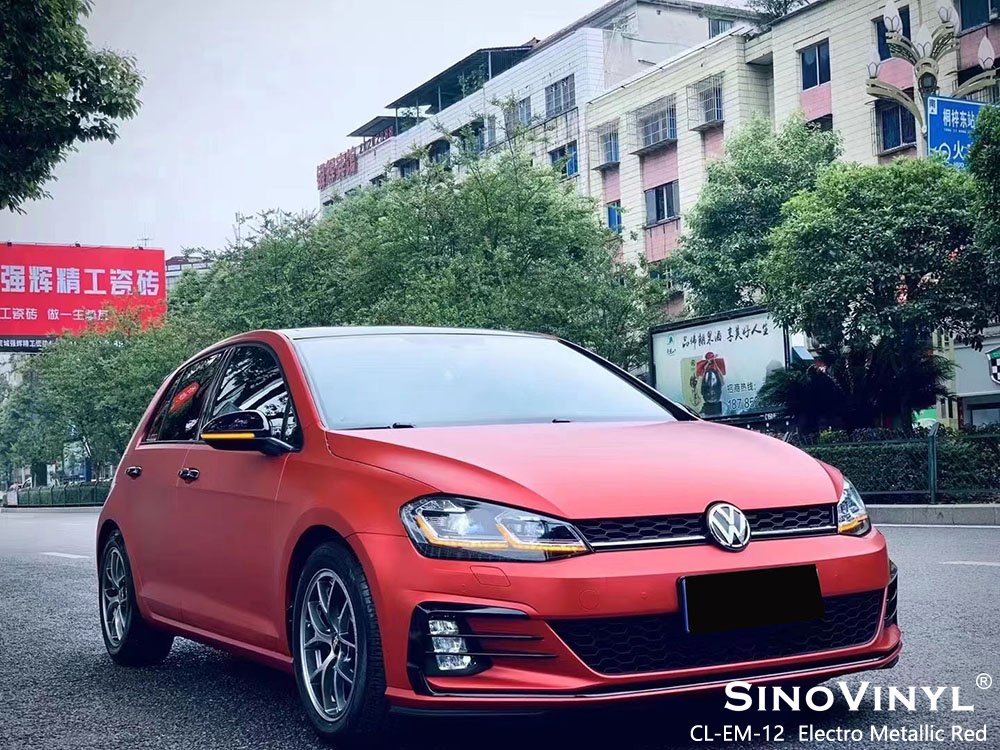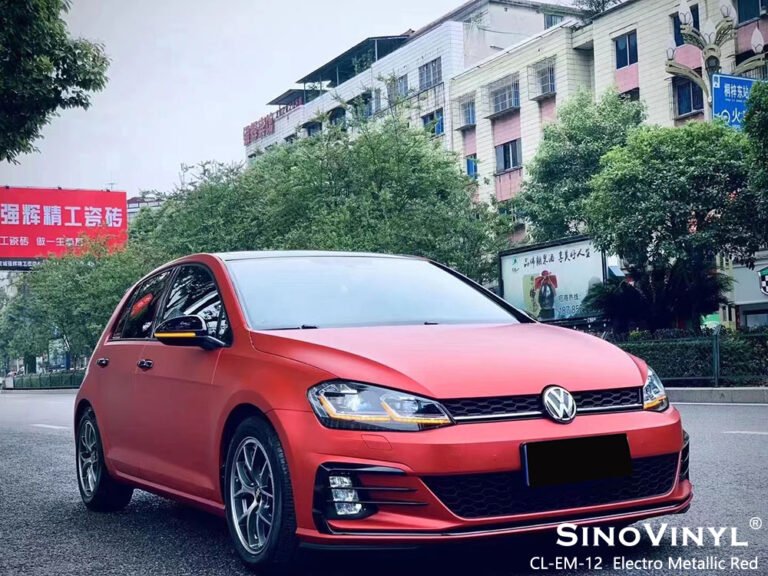Understanding the Science Behind Protective Car Wraps
Protective car wraps, also known as paint protection films (PPF) or clear bra, are advanced materials designed to shield a vehicle’s paintwork from various environmental hazards and minor abrasions. The science behind protective car wraps involves the use of innovative materials and technologies to provide a strong, durable, and transparent layer of protection for the vehicle’s paint.
Here are the key aspects of the science behind protective car wraps:
1. Polyurethane Films
Protective car wraps are typically made from high-quality polyurethane materials. Polyurethane is a polymer composed of organic units joined by urethane links. This material possesses excellent properties such as flexibility, transparency, and resistance to abrasion, which make it ideal for protecting the paint of cars.
2. Self-Healing Technology
Many modern protective car wraps utilize self-healing technology. This means that the film has the ability to repair minor scratches and swirl marks on its own when exposed to heat, such as from the sun or warm water. The self-healing property ensures that the car’s surface maintains its smooth and flawless appearance over time.
3. Optical Clarity
Protective car wraps are engineered to be optically clear, meaning they are virtually invisible when applied correctly. This allows the vehicle’s original paint color and finish to shine through without any distortion or haze, maintaining the car’s aesthetics.
4. UV Resistance
Protective car wraps are designed to block harmful ultraviolet (UV) rays from the sun. UV radiation can cause the vehicle’s paint to fade and deteriorate over time, but the car wrap acts as a protective barrier against this damage.
5. Chemical and Stain Resistance
The polyurethane material used in protective car wraps is resistant to various chemicals, including bird droppings, tree sap, bug splatters, and other environmental contaminants. This resistance prevents these substances from permanently damaging the vehicle’s paint.
6. Impact and Scratch Resistance
The car wrap acts as a shield against minor impacts and scratches that can occur in daily driving. It helps to prevent swirl marks, light scuffs, and small stone chips from damaging the car’s paintwork.
7. Hydrophobic Properties
Many protective car wraps have hydrophobic properties, meaning they repel water and other liquids. This feature makes it easier to clean the vehicle and reduces water spotting.
8. Customizability
The science behind protective car wraps allows for custom designs and patterns to be created, enabling car enthusiasts to personalize their vehicles while still maintaining the protection benefits.
Overall, the science behind protective car wraps combines the use of advanced materials, self-healing technology, and optical clarity to provide a robust and invisible shield that safeguards a car’s paint from various environmental hazards and enhances its overall longevity and appearance.




Different Types of Protective Car Wraps and Their Benefits
Protective car wraps come in various types, each offering unique benefits to preserve your vehicle’s appearance and maintain its resale value. Here are some different types of protective car wraps and their advantages:
1. Clear Paint Protection Film (PPF)
– Benefit: Transparent and nearly invisible, PPF preserves your car’s original paint color and finish.
– Protects against: Scratches, stone chips, road debris, insect stains, and minor abrasions.
– Note: Self-healing PPF can repair light scratches with exposure to heat.
2. Matte Finish Car Wrap
– Benefit: Provides a non-glossy, modern appearance, enhancing your car’s aesthetics.
– Protects against: Surface scratches and small imperfections while adding a unique style.
3. Gloss Finish Car Wrap
– Benefit: Adds a high-gloss finish, giving your car a sleek and shiny look.
– Protects against: Surface damage, UV rays, and minor abrasions while providing a glossy appearance.
4. Color-Changing Car Wrap
– Benefit: Transforms the car’s appearance with different colors at various angles.
– Protects against: Surface damage and adds a stylish element to your vehicle.
5. Textured Car Wrap
– Benefit: Adds tactile elements like carbon fiber, brushed metal, or leather textures.
– Protects against: Surface scratches and provides a visually striking design.
6. Satin Finish Car Wrap
– Benefit: Offers a semi-gloss finish, striking a balance between matte and gloss wraps.
– Protects against: Surface damage and gives a unique appearance to your car.
7. Custom Graphic Car Wrap
– Benefit: Allows for personalized designs, logos, or artwork on your vehicle.
– Protects against: Surface damage while making your car stand out with a one-of-a-kind look.
8. Ceramic Coating with Vinyl Wrap
– Benefit: Combines the protective properties of ceramic coatings with the versatility of vinyl wraps.
– Protects against: Environmental contaminants, UV rays, and minor scratches.
9. Full Car Body Wrap
– Benefit: Covers the entire vehicle surface, including paint, providing comprehensive protection.
– Protects against: Various forms of damage, ensuring your car’s original paint remains unharmed.
10. Partial Car Wrap
– Benefit: Focuses on specific areas like the hood, fenders, mirrors, or roof for targeted protection and style enhancement.
– Protects against: Damage to the wrapped areas, preserving the original paint on other parts.
When choosing a protective car wrap, consider your desired level of protection, budget, and aesthetic preferences to make the best decision for your car’s needs.





How Protective Car Wraps Shield Your Car from Environmental Damage
Protective car wraps act as a shield against various environmental elements, offering significant protection to your car’s paint and exterior. Here are some ways in which these wraps help safeguard your car from environmental damage:
1. Physical Protection
Car wraps are made of durable and high-quality materials, such as vinyl, which provide a physical barrier between your car’s original paint and the outside world. They act as a sacrificial layer, absorbing impacts from small stones, debris, and minor scratches, preventing them from directly affecting the car’s paint job.
2. UV Ray Reflection
The sun’s harmful ultraviolet (UV) rays can cause significant damage to your car’s paint, leading to fading, oxidation, and deterioration. Protective car wraps are designed to reflect a large portion of these UV rays, reducing their impact on your car’s paint and finish.
3. Resistance to Water and Moisture
Water and moisture are common culprits behind paint damage, such as rust and corrosion. Protective wraps are water-resistant, helping to keep moisture from seeping into the car’s body and causing potential damage.
4. Preventing Acidic Contaminants
Acidic contaminants like bird droppings, tree sap, and insect residues can eat into your car’s paint if left unattended. Protective car wraps create a barrier that prevents these contaminants from coming into direct contact with the paint, reducing the risk of etching and staining.
5. Chemical and Pollutant Shield
Car wraps provide protection against chemical pollutants, such as industrial fallout and road salts, which can cause paint discoloration and deterioration over time. The wrap acts as a buffer between these harmful substances and the car’s paintwork.
6. Avoiding Environmental Scratches
In everyday situations, your car can be exposed to minor scratches from various sources, such as shopping carts, keys, and brushes with other vehicles. A protective car wrap helps prevent these surface scratches, maintaining the car’s pristine appearance.
7. Preserving Resale Value
By shielding your car from environmental damage, a protective wrap helps preserve its original paint and overall condition. This preservation of your car’s appearance can enhance its resale value when you decide to sell or trade it in the future.
8. Easy Maintenance
Car wraps are relatively easy to clean and maintain compared to traditional paint finishes. Regular cleaning and waxing are essential to prolong the life of the wrap and ensure it continues to protect your car effectively.
In summary, protective car wraps offer a comprehensive layer of defense against environmental hazards, helping car enthusiasts maintain the beauty and integrity of their vehicles for years to come.




Debunking Myths: Common Misconceptions about Protective Car Wraps
1. Myth: Protective car wraps damage the original paint.
Fact: High-quality protective car wraps are designed to be non-abrasive and won’t harm the underlying paint. In fact, they shield the paint from UV rays, minor scratches, and environmental contaminants, preserving the car’s finish.
2. Myth: Car wraps are only available in limited colors and designs.
Fact: Protective car wraps come in a vast array of colors, patterns, and finishes, including matte, glossy, metallic, and textured options. Additionally, custom designs can be created to suit individual preferences.
3. Myth: Car wraps are difficult to maintain and require special care.
Fact: Car wraps are relatively low maintenance compared to traditional paint jobs. They can be washed and maintained like regular car surfaces, and the protective layer helps prevent stains and fading.
4. Myth: Applying a car wrap is a time-consuming and complicated process.
Fact: While professional installation is recommended for the best results, skilled technicians can apply car wraps relatively quickly and efficiently. Modern techniques and tools have streamlined the process.
5. Myth: Car wraps are suitable only for brand new cars.
Fact: Protective car wraps can be applied to both new and used vehicles. They are an excellent way to rejuvenate older cars and protect their paint from further wear and tear.
6. Myth: Car wraps will bubble or peel over time.
Fact: When installed correctly, high-quality car wraps adhere tightly to the surface and do not bubble or peel. Professional installation and using reputable products help ensure a long-lasting and durable wrap.
7. Myth: Car wraps are permanent and irreversible.
Fact: Car wraps are not permanent and can be removed without damaging the original paint. If you decide to change the look or return the car to its factory finish, professional removal is possible.
8. Myth: Protective car wraps are too expensive for the average car owner.
Fact: While car wraps can initially seem costly, they can be more affordable than a full paint job. Moreover, considering the protection they provide, they can be a cost-effective investment in the long run.
9. Myth: Car wraps are not as effective as traditional paint protection methods.
Fact: Car wraps offer comparable, if not better, protection compared to traditional paint protection films or coatings. They guard against scratches, rock chips, and fading caused by sun exposure.
10. Myth: Car wraps are only meant for commercial purposes, not personal use.
Fact: While car wraps are widely used for advertising on commercial vehicles, they are also popular among car enthusiasts who want to customize and protect their personal vehicles.
By debunking these myths, car aficionados can make informed decisions about using protective car wraps to preserve and enhance their beloved automobiles.




Final Words
In conclusion, for true car aficionados, the art of preservation lies in the transformative power of protective car wraps. These remarkable innovations not only shield our beloved vehicles from the harsh elements but also elevate them to new heights of style and allure. Embracing the diverse world of protective car wraps allows us to preserve the original beauty of our cars, safeguarding them for years to come while exploring an array of captivating designs and finishes. So, whether you seek to guard your car’s pristine appearance or unleash your creative spirit on four wheels, discovering the realm of protective car wraps is a journey worth embarking upon. Embrace the art of preservation and let your cherished ride shine as a true reflection of your passion and individuality, driving forward with confidence and admiration for the road ahead.















